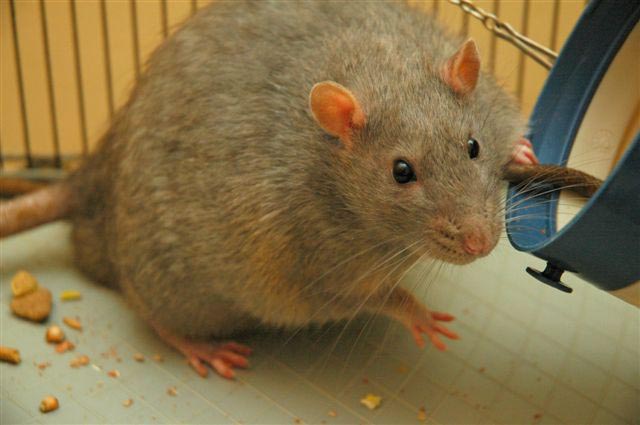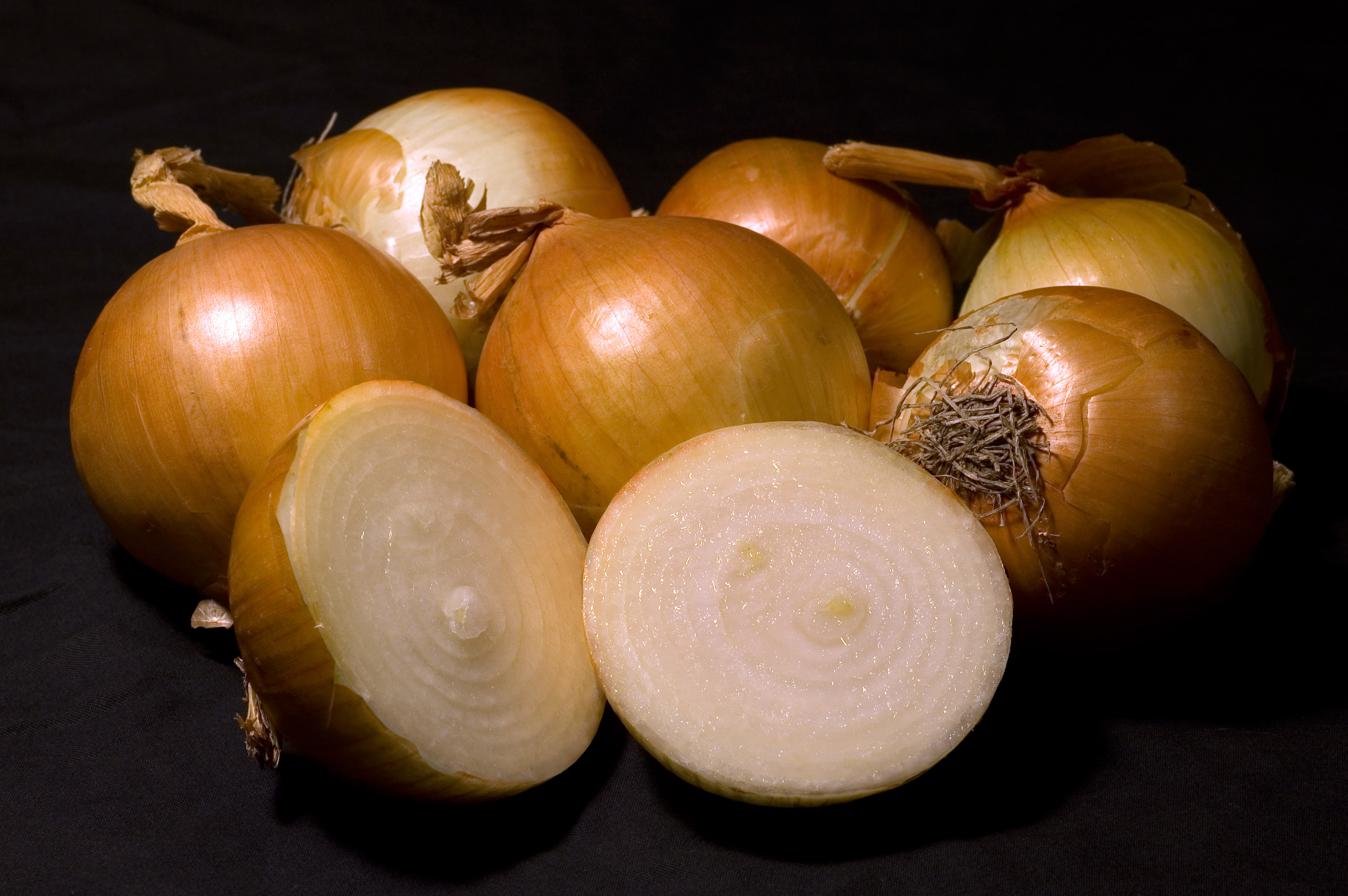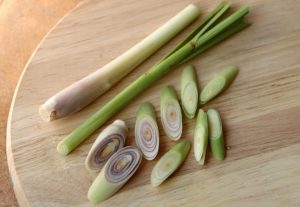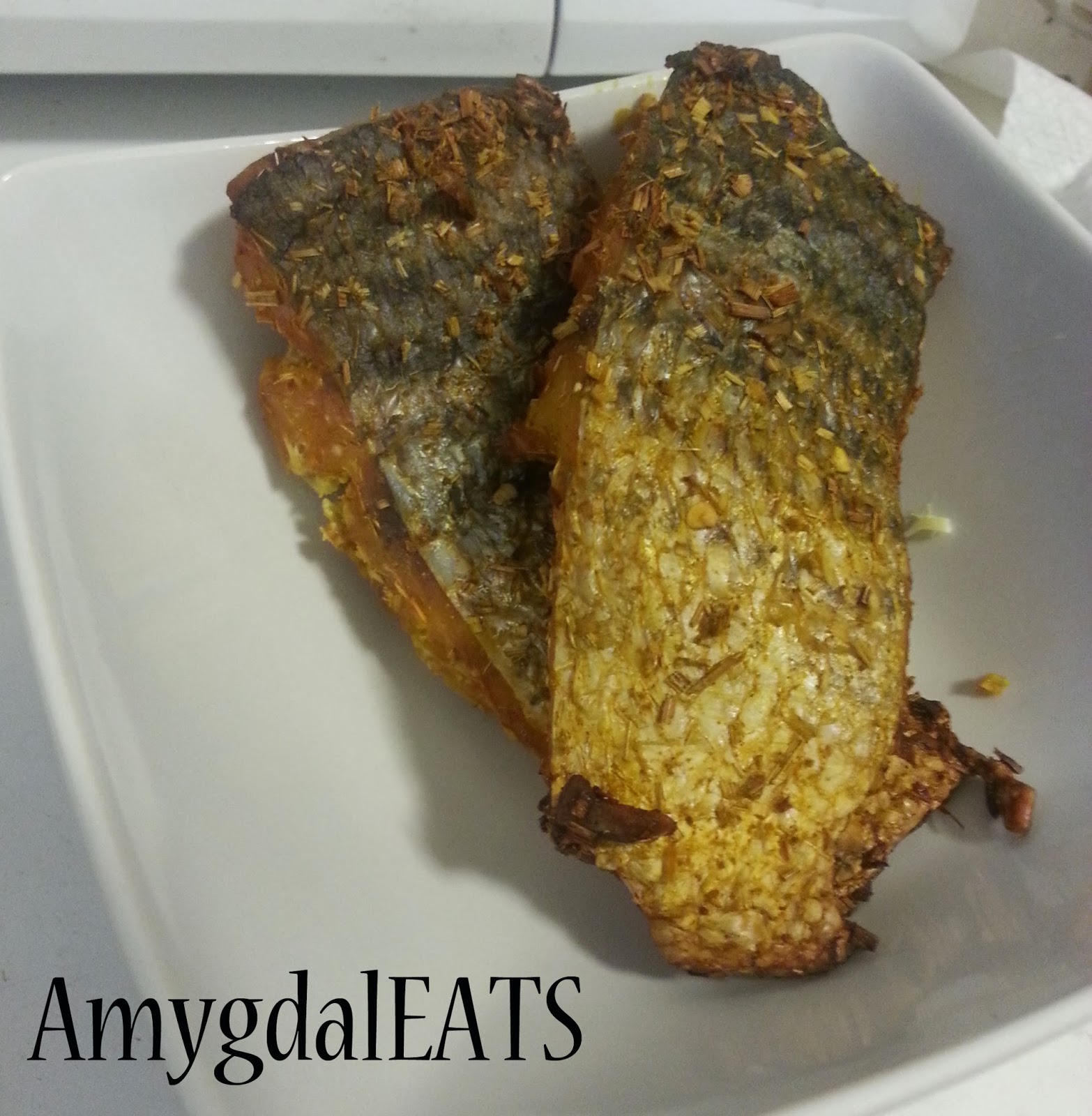Hey everyone,
I meant to write while on vacation, but I was swamped with family time and before I knew it, the week was over and no blog post had been written! This vacation back North was really relaxing. I missed MOH immensely, but had lots of time to reflect, relax, and just soak in time with my family.
 |
| Photo courtesy of Sangster |
I spent a majority of my time hanging out with family, running along the delta reservoir with my sisters in the early AM, and eating really good food. Food at every corner, always waiting for me. Ugh, food. Such good food. I knew this weekend would be filled with tons of food, so I made an effort to run every day just to prep my tummy for the gorge fest. My weekend began with a piping hot bowl of
bun rieu (Vietnamese crab noodle soup) with fresh herbs garnished on top. Probably my favorite Vietnamese dish is
hu tieu (seafood noodle soup), but
bun rieu comes a close second because of the sweet depth of flavor the tomato-y broth has.
Growing up, I loved eating
bun rieu's more popular sister
pho way more because of its pungent assertive broth and hearty meat toppings- I mean, who couldn't resist the choice of tripe, ribeye, meatball, or shredded chicken atop rice noodles
? I didn't start to love
bun rieu until I got older and began to appreciate the immense complexity with a subtle flavor profile that kind of creeps up on you, like the slow heat behind good chili. The broth is composed of a chicken base with shrimp/crab paste, broiled tomatoes and onions and is super rich (good recipe below). For me, what really sets
bun rieu apart as such a great dish is the vegetable herb toppings that sit on top of the noodles - you can have coiled morning glory, unripened banana blossom, shredded cabbage, refreshing bean sprouts, and an assortment of herbs (mint, basil,
tia to or Vietnamese Perilla, to name a few).
 |
| Small section of my mother's garden |
Unlike
pho, bun rieu doesn't use hoisin or sriracha sauce; instead, you use fermented shrimp paste as a salting agent and fish sauce. Both good things in my book!
Needless to say, the bowl of
bun rieu my mom made for me was both a feast for the eyes and mouth alike! Doesn't the photo look so good? Besides the obvious taste and smell of food, food needs to look good. Now, food isn't just deemed "yummy" based on how it tastes. You can have a perfectly delicious cake that is just oozing with flavor, but if it looks like say, the undead, chances are that some people may be deterred from eating your lovely creation.
The importance of how good food looks has a neural basis as well. A recent study in
Journal of Neuroscience recently showed that certain brain regions are activated when we look at appetizing versus unappetizing food items. In this study, researchers at Cambridge University were interested in studying how different personalities affect a subject's desire to eat after viewing appetizing food. Specifically, the researchers looked at "external food sensitivities" or EFSs. EFS refers to the range by which some of us are motivated to eat or seek food upon seeing food - studies have shown that people with high EFS, or higher susceptibility to be vulnerable to eating after seeing food, are more likely to be obese and overeat. As EFS can be different for everyone (some of us are more apt to go for that chocolate bar when we see chocolate cake compared to the few select who can contain themselves), the researchers looked at the activation of brain regions in response to seeing food.

This study was conducted using functional magnetic resonance imaging (fMRI), a useful technique to image different brain regions in a non-invasive manner. Simplified, fMRI detects blood flow through the brain, and uses that as a correlation of which brain regions are being more activated (more blood flow) or less activated (less blood flow) compared to a basal, resting state. Subjects were categorized according to their EFS score and were shown various images of either appetizing (cake, cookie) or bland (rice, potato) food, and imaged during this testing session.
 |
| Example of fMRI: blue is less activated and yellow is more activated brain regions. (Photo courtesy of RA Muller) |
The first task was to look at what neural regions are being activated upon seeing appetizing food. Different regions were activated such as the amygdala, ventral striatum and ventral anterior cingulate cortex - these regions have also been implicated in food processing.
***For more on the scientific findings, scroll down to the very bottom.
Though I'm not a neuroimaging specialist, these results are interesting nonetheless. I've always wondered if there was any science behind the saying "eat with your eyes," and it turns out the main areas activated upon seeing appealing food happens to coincide with areas of your brain that are important for managing memory and emotion. Whether these regions are being activated because you get excited when seeing certain foods (emotional), or whether the regions are being activated because you remember a certain memory associated with the food (memory), remains unknown.
These findings though separate people according to EFS - those with higher EFS are more apt to overindulge while those with lower EFS have more self-control. No shame, but I'm thinking I'm in the high EFS range. My weekend home was an overindulgence fiesta. I ate and ate. And when my mom brought more food to the table, I ate again. Just looking at her creations made my mouth water and made me fill up my bowl again, sigh. My last meal ended with lau chua (sour soup hot pot), a delicious hot pot variant with all the right fixings: squid, red snapper, tofu. Delicious with every bite, the food was definitely tasty as visually appealing.
Until next time, happy eating everyone!
To try your own
bun rieu recipe, try this
recipe from the
Ravenous Couple.
*** Additional findings from paper:
They then asked if subjects with a higher EFS had changes in connectivity between brain regions important for food processing (i.e. it's whether people who are more likely to eat after seeing food had stronger neural connections underlying motivation to eat). Individuals with a higher EFS had less connectivity between the brain regions important for food process and feeding behavior - these results are similar to the results done in feeding studies done on rodents. While the findings are still new, these results suggest that decreased connectivity between brain regions could lead to abnormal, or more chaotic neural cross-talk, which could make subjects more susceptible to overindulge. I thought there would be MORE connectivity, as in a heightened sense of neural cross-talk for people who tend to eat more or have a higher EFS. Needless to say, more research is underway to further investigate the neural correlates to motivation to eat.
References:
Passamonti L. et al. 2013. Personality predicts the brain's response to viewing appetizing foods: The neural basis of a risk factor for overeating,
Journal of Neuroscience. 29(1):43-51.



















